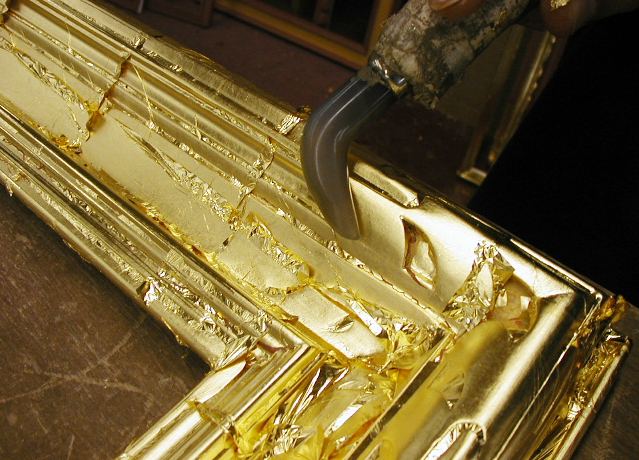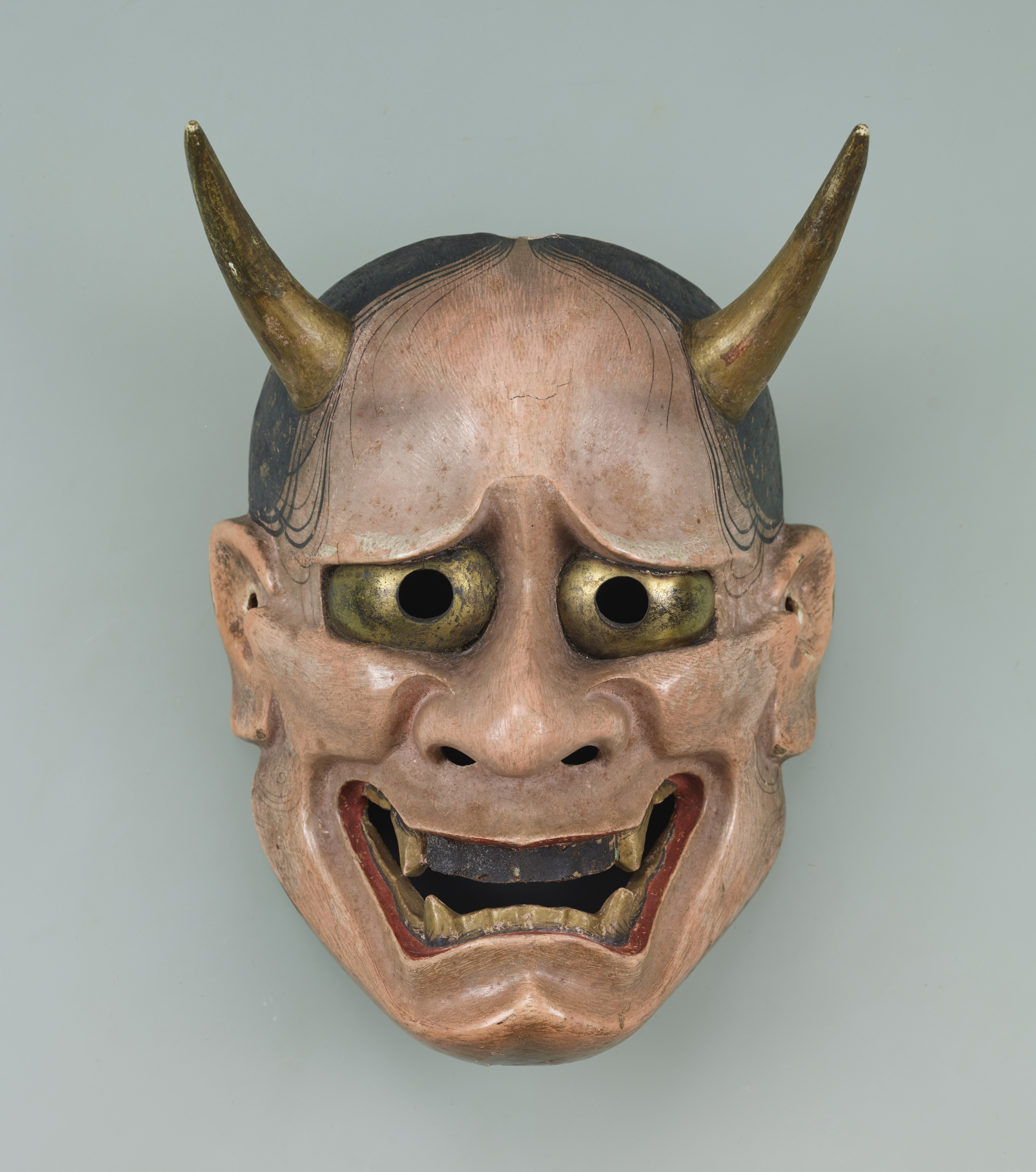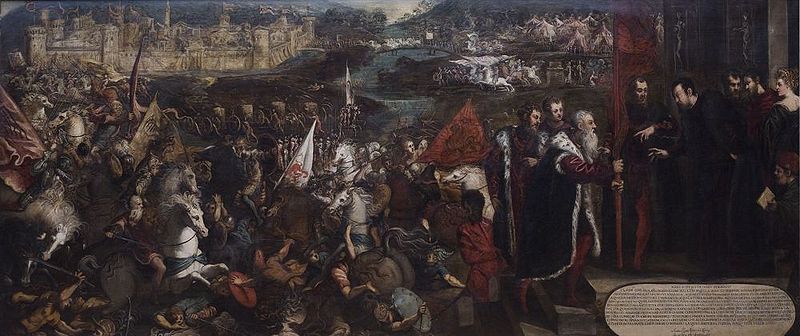|
Seiobo There Below
''Seiobo There Below'' () is a 2008 novel by the Hungarian writer László Krasznahorkai. It has an episodic narrative which focuses on artists of different times and places, some of which are historical people and some of which are fictional. A thematic link between the episodes can be seen in the Japanese goddess Seiobo who appears in one of the chapters of the novel. The 17 chapters are numbered according to the Fibonacci sequence, beginning with 1 and ending with 2584. The English translation by Ottilie Mulzet received the Best Translated Book Award in 2014. Synopsis 1. Kamo-Hunter An Ooshirosagi stands motionless in the Kamo River waiting to spear its fish. Its intense beauty goes unnoticed, but if it were to be seen at the moment of striking, it could change the life of the witness. The chapter moves between the heron and meditation on the larger city of Kyoto itself, and its unnoticed beauties. 2. The Exiled Queen This chapter is a telling of the story of Vashti ... [...More Info...] [...Related Items...] OR: [Wikipedia] [Google] [Baidu] |
László Krasznahorkai
László Krasznahorkai (; born 5 January 1954) is a Hungarian novelist and screenwriter known for difficult and demanding novels, often labeled postmodern, with dystopian and melancholic themes. Several of his works, including his novels '' Satantango'' (1985) and '' The Melancholy of Resistance'' (1989), have been adapted into feature films by Béla Tarr. Early life and education Krasznahorkai was born in Gyula, Hungary, on 5 January 1954 to a middle-class family. His father, György Krasznahorkai, was a lawyer and his mother, Júlia Pálinkás, a social security administrator. His father had Jewish roots that he kept secret and did not reveal them until Krasznahorkai was eleven years old. In 1972, Krasznahorkai graduated from the Erkel Ferenc high school where he specialized in Latin. From 1973 to 1976 he studied law at the József Attila University (now University of Szeged) and from 1976 to 1978 at Eötvös Loránd University (ELTE) in Budapest. From 1978 to 1983, he studi ... [...More Info...] [...Related Items...] OR: [Wikipedia] [Google] [Baidu] |
Venice
Venice ( ; ; , formerly ) is a city in northeastern Italy and the capital of the Veneto Regions of Italy, region. It is built on a group of 118 islands that are separated by expanses of open water and by canals; portions of the city are linked by 438 bridges. The islands are in the shallow Venetian Lagoon, an enclosed bay lying between the mouths of the Po River, Po and the Piave River, Piave rivers (more exactly between the Brenta (river), Brenta and the Sile (river), Sile). As of 2025, 249,466 people resided in greater Venice or the Comune of Venice, of whom about 51,000 live in the historical island city of Venice (''centro storico'') and the rest on the mainland (''terraferma''). Together with the cities of Padua, Italy, Padua and Treviso, Italy, Treviso, Venice is included in the Padua-Treviso-Venice Metropolitan Area (PATREVE), which is considered a statistical metropolitan area, with a total population of 2.6 million. The name is derived from the ancient Adr ... [...More Info...] [...Related Items...] OR: [Wikipedia] [Google] [Baidu] |
Copper Electroplating
Copper electroplating is the process of electroplating a layer of copper onto the surface of a metal object. Copper is used both as a standalone coating and as an undercoat onto which other metals are subsequently plated. The copper layer can be decorative, provide corrosion resistance, increase electrical and thermal conductivity, or improve the adhesion of additional deposits to the substrate. Overview Copper electroplating takes place in an electrolytic cell using electrolysis. As with all plating processes, the part to be plated must be cleaned before depositing metal to remove soils, grease, oxides, and defects. After precleaning, the part is immersed in the cell's aqueous electrolyte solution and functions as the cathode. A copper anode is also immersed in the solution. During plating, a direct electric current is applied to the cell which causes the copper in the anode to dissolve into the electrolyte through oxidation, losing electrons and ionizing into copper cations. Th ... [...More Info...] [...Related Items...] OR: [Wikipedia] [Google] [Baidu] |
Gilding
Gilding is a decorative technique for applying a very thin coating of gold over solid surfaces such as metal (most common), wood, porcelain, or stone. A gilded object is also described as "gilt". Where metal is gilded, the metal below was traditionally silver in the West, to make silver-gilt (or ''vermeil'') objects, but gilt-bronze is commonly used in China, and also called ormolu if it is Western. Methods of gilding include hand application and gluing, typically of gold leaf, chemical gilding, and electroplating, the last also called gold plating. Parcel-gilt (partial gilt) objects are only gilded over part of their surfaces. This may mean that all of the inside, and none of the outside, of a chalice or similar vessel is gilded, or that patterns or images are made up by using a combination of gilt and ungilted areas. Gilding gives an object a gold appearance at a fraction of the cost of creating a solid gold object. In addition, a solid gold piece would often be too soft or to ... [...More Info...] [...Related Items...] OR: [Wikipedia] [Google] [Baidu] |
Aoi No Ue (play)
''Aoi no Ue'' (能 葵上, Lady Aoi) is a Muromachi period Japanese Noh play based on the character Lady Aoi from the Heian period novel ''The Tale of Genji''. It is an example of the fourth category of "miscellaneous" Noh plays. ''Aoi no Ue'' was the first of many Noh plays based on ''The Tale of Genji''. It is sometimes attributed to Zeami Motokiyo or to his son-in-law Zenchiku; the extant version of the text is likely a reworking of a version written for the troupe of a contemporary, Inuō.Haruo Shirane, ''Traditional Japanese Literature'' (2012) p. 422 Play In the backstory, Prince Genji, who was married to his wife Lady Aoi at a young age, has taken a mistress, Lady Rokujo. Lady Rokujo had been married to the crown prince, but his death had left a much less powerful widow. Rokujo had previously destroyed another mistress of Genji through a jealous apparition.A. Waley, ''The Noh Plays of Japan'' (1976) p. 117 Following an episode in which she is humiliated in public by ... [...More Info...] [...Related Items...] OR: [Wikipedia] [Google] [Baidu] |
Hannya
The is a mask used in a traditional Japanese Noh theater, representing a jealous female demon. It is characterized by two sharp bull-like horns, metallic eyes, and a leering mouth. In Noh plays, the type of mask changes according to the degree of jealousy, resentment, and anger of the female characters. The is a mask that represents a female even more resentful, jealous, and angry than the , a woman on the verge of becoming a demoness. The is also called . The , also called , is a mask that represents the appearance of a female that is even more intense than the . These masks, which represent the jealousy, resentment, and anger of female demons, are classified as masks. It is said that there are now more than 250 types of Noh masks, but the oldest historical record of Noh masks, , mentions only about 14 types of masks, and the name is not found among them. However, the records a performance of the Noh play , and it is possible that snake-like demoness masks such as were ... [...More Info...] [...Related Items...] OR: [Wikipedia] [Google] [Baidu] |
Acropolis Of Athens
The Acropolis of Athens (; ) is an ancient citadel located on a rocky outcrop above the city of Athens, Greece, and contains the remains of several Ancient Greek architecture, ancient buildings of great architectural and historical significance, the most famous being the Parthenon. The word ''Acropolis'' is . The term acropolis is generic and there are many other acropoleis in Greece. During ancient times the Acropolis of Athens was also more properly known as Cecropia, after the legendary serpent-man Cecrops I, Cecrops, the supposed first Athenian king. While there is evidence that the hill was inhabited as early as the 4th millennium BC, it was Pericles (–429 BC) in the fifth century BC who coordinated the construction of the buildings whose present remains are the site's most important ones, including the Parthenon, the Propylaia_(Acropolis_of_Athens), Propylaea, the Erechtheion and the Temple of Athena Nike. The Parthenon and the other buildings were seriously damaged during ... [...More Info...] [...Related Items...] OR: [Wikipedia] [Google] [Baidu] |
Athens
Athens ( ) is the Capital city, capital and List of cities and towns in Greece, largest city of Greece. A significant coastal urban area in the Mediterranean, Athens is also the capital of the Attica (region), Attica region and is the southernmost capital on the European mainland. With its urban area's population numbering over 3.6 million, it is the List of urban areas in the European Union, eighth-largest urban area in the European Union (EU). The Municipality of Athens (also City of Athens), which constitutes a small administrative unit of the entire urban area, had a population of 643,452 (2021) within its official limits, and a land area of . Athens is one of the List of oldest continuously inhabited cities, world's oldest cities, with its recorded history spanning over 3,400 years, and its earliest human presence beginning somewhere between the 11th and 7th millennia BCE. According to Greek mythology the city was named after Athena, the ancient Greek goddess of wisdom, ... [...More Info...] [...Related Items...] OR: [Wikipedia] [Google] [Baidu] |
Crucifixion (Tintoretto)
''The Crucifixion'' by Tintoretto is a large painting in oil on canvas, installed in the Sala dell'Albergo of the Scuola Grande di San Rocco, Venice. It is signed and dated 1565. This painting is one of the most dramatic versions of the Crucifixion in the history of Christian art. Tintoretto painted other images of the Crucifixion as well, including one that is in the Church of San Cassiano in Venice (1568), one that is in Church of the Gesuati in Venice (c. 1565)., and one that is in the Gallerie dell'Accademia in Venice and was formerly in the Church of San Severo in Venice. Colm Tóibín wrote about visiting all four of these paintings.Tóibín, Colm"Alone in Venice", ''London Review of Books'', 19 November 2020/ref> References * Nichols, Tom (2015) 999 ''Tintoretto: Tradition and Identity'', revised and expanded second edition. London: Reaktion Books . * Partridge, Loren W. (2015). ''Art of Renaissance Venice, 1400-1600''. Berkeley: University of California Press * Rosand ... [...More Info...] [...Related Items...] OR: [Wikipedia] [Google] [Baidu] |
Tintoretto
Jacopo Robusti (late September or early October 1518Bernari and de Vecchi 1970, p. 83.31 May 1594), best known as Tintoretto ( ; , ), was an Italian Renaissance painter of the Venetian school. His contemporaries both admired and criticized the speed with which he painted, and the unprecedented boldness of his brushwork. For his phenomenal energy in painting he was termed . His work is characterised by his muscular figures, dramatic gestures and bold use of perspective, in the Mannerist style. Life The years of apprenticeship Tintoretto was born in Venice in 1518. His father, Battista, was a dyer – in Italian and in Venetian; hence the son got the nickname of Tintoretto, "little dyer", or "dyer's boy". Tintoretto is known to have had at least one sibling, a brother named Domenico, although an unreliable 17th-century account says his siblings numbered 22. The family was believed to have originated from Brescia, in Lombardy, then part of the Republic of Venice. Older studi ... [...More Info...] [...Related Items...] OR: [Wikipedia] [Google] [Baidu] |
Matteo Di Vittore
Matteo di Vittore was an Italian painter of the Renaissance, active in Venice. He was the pupil and assistant of Giovanni Bellini. He was one of the artists chosen by Bellini to value Giorgione's frescoes in the Fondaco dei Turchi in 1508, and in 1515 worked under his master in the Hall of Council in the Doge's Palace The Doge's Palace (''Doge'' pronounced ; ; ) is a palace built in Venetian Gothic architecture, Venetian Gothic style, and one of the main landmarks of the city of Venice in northern Italy. The palace included government offices, a jail, and th .... It seems highly probable that he was identical with Vittore Belliniano. References * 16th-century Italian painters Italian male painters Painters from Venice Italian Renaissance painters Year of death unknown Year of birth unknown {{Italy-painter-16thC-stub ... [...More Info...] [...Related Items...] OR: [Wikipedia] [Google] [Baidu] |
Vittore Belliniano
Vittore Belliniano was an Italian painter of the Renaissance period considered to be identical with Vittore di Matteo. He was a native of Venice, active c. 1525. A student of Giovanni Bellini, he painted historical subjects, and several of his pictures were painted for the Scuola di San Marco at Venice Venice ( ; ; , formerly ) is a city in northeastern Italy and the capital of the Veneto Regions of Italy, region. It is built on a group of 118 islands that are separated by expanses of open water and by canals; portions of the city are li ... and in churches of neighboring towns, like in SS. Vito e Modesto church, in Spinea. Works File:Vittore Belliniano Retrato de Giambellino Musée Conde, Chantilly.jpg, Portrait of his tutor Giovanni Bellini, 1505 File:Attributed to Belliniano - The Concert, c. 1505-15.jpg, ''The Concert'' (attributed), c. 1505-1515 File:2021 CKS 20056 0147 000(vittore di matteo belliniano portrait of a gentleman bust-length in a072835) (cropped).jp ... [...More Info...] [...Related Items...] OR: [Wikipedia] [Google] [Baidu] |




